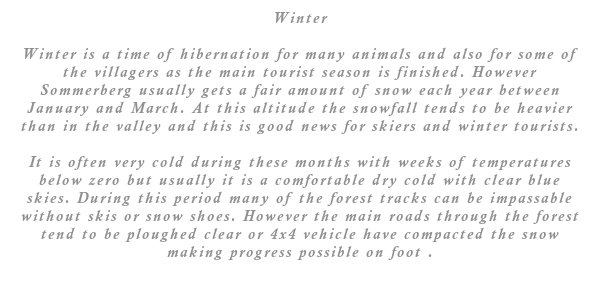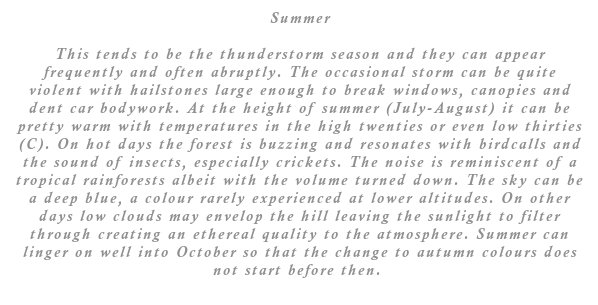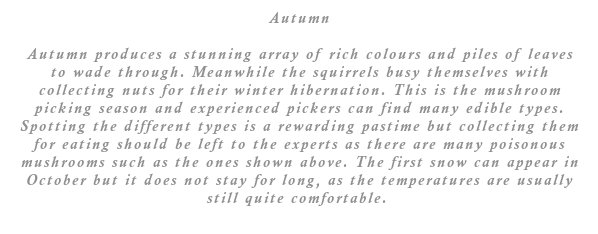








______________________________________________
Funicular | Seasons | Nature | Sports | Map | Art
Wildsee | Panoramas | Sounds | Newsletter | Kinatec
 |
 |
 |
 |
 |
 |
 |
 |
 |
|
|
|
______________________________________________ Funicular | Seasons | Nature | Sports | Map | Art Wildsee | Panoramas | Sounds | Newsletter | Kinatec
|